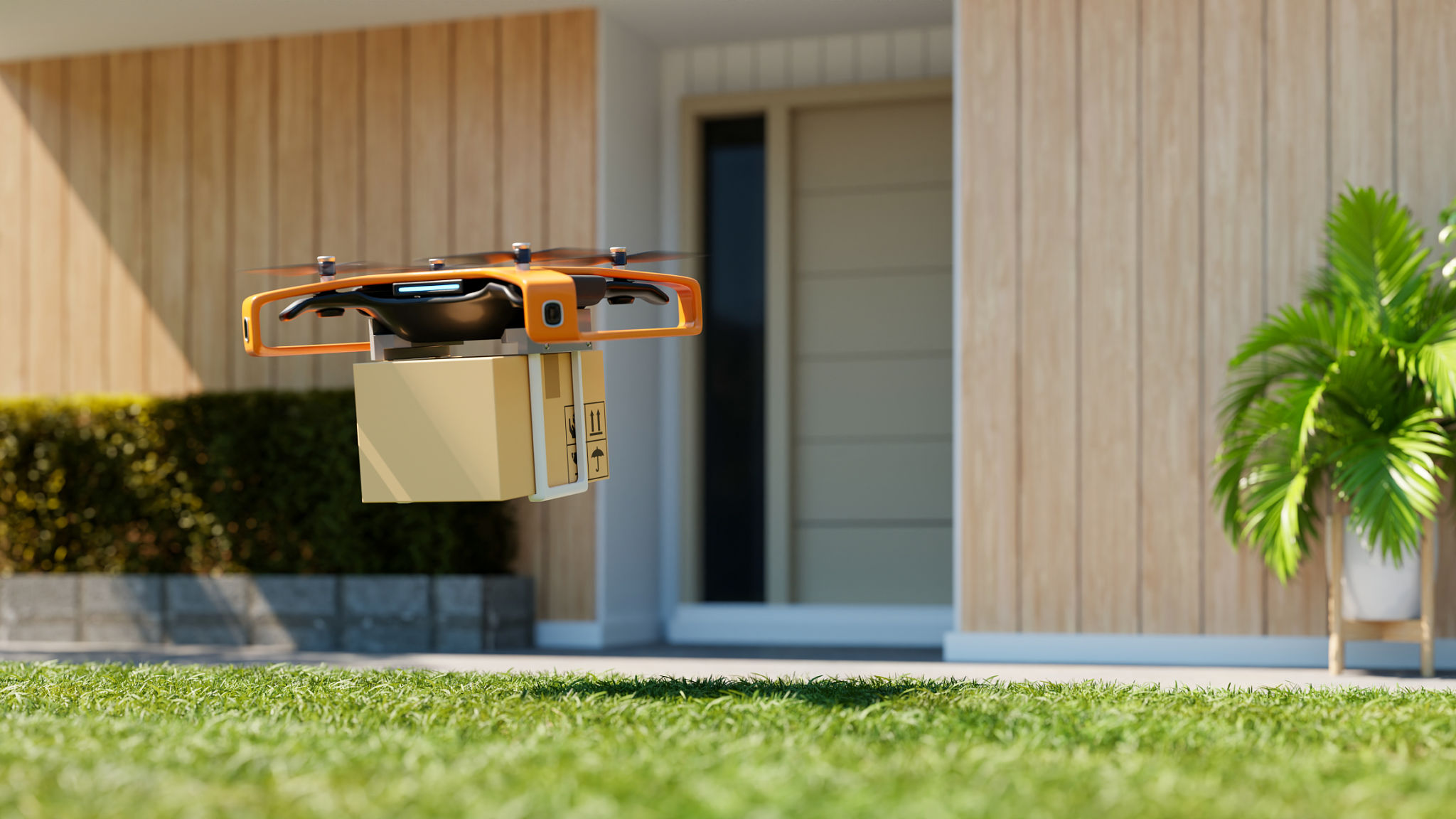The Role of Drones in Modern Wildlife Management in Alberta
Introduction to Drones in Wildlife Management
In recent years, drones have emerged as an innovative tool in various fields, including wildlife management. In Alberta, these aerial devices are playing a crucial role in monitoring and conserving the diverse wildlife that inhabits the region. As the technology continues to evolve, drones are becoming an indispensable asset for biologists and conservationists.

Advantages of Using Drones
Drones offer numerous advantages in wildlife management. They can access remote or difficult-to-reach areas, providing a bird's-eye view without disturbing the natural habitat. This capability is particularly important in Alberta, where vast landscapes and harsh weather conditions can pose significant challenges for traditional wildlife monitoring methods.
Moreover, drones equipped with high-resolution cameras and thermal imaging can capture detailed data, enabling researchers to track animal movements, count populations, and monitor health from a safe distance. This non-intrusive approach ensures minimal stress on the animals, which is a critical factor in effective wildlife management.
Cost-Effectiveness and Efficiency
Another significant advantage of drones is their cost-effectiveness. Traditional wildlife monitoring methods often require substantial financial resources and manpower. In contrast, drones can cover large areas quickly and at a fraction of the cost, making them an efficient alternative for data collection.

Applications in Alberta's Wildlife Management
In Alberta, drones are being employed in various wildlife management applications. For instance, they are used to monitor the migration patterns of caribou and track the population dynamics of elk and moose. Drones also play a vital role in assessing the health of forests and identifying areas affected by pests or diseases.
Furthermore, drones have proven invaluable in emergency situations, such as locating animals during natural disasters or oil spills. Their ability to provide real-time data allows for swift decision-making, which can be crucial in minimizing damage to wildlife and their habitats.

Challenges and Considerations
Despite their numerous benefits, the use of drones in wildlife management is not without challenges. Regulatory restrictions on drone use in certain areas can limit their deployment, while privacy concerns may arise when monitoring near human-populated regions. Additionally, there is a learning curve associated with operating drones and interpreting the data they collect.
Conservationists must also consider the potential impact of drones on wildlife behavior. While they are generally less intrusive than other monitoring methods, drones can still cause stress or disturb animals if not used carefully. Therefore, it is essential to follow ethical guidelines and best practices to ensure minimal impact on wildlife.
The Future of Drones in Wildlife Conservation
As drone technology advances, their role in wildlife management is expected to grow even further. Innovations such as artificial intelligence and machine learning are being integrated into drone systems, enhancing their ability to analyze data and predict trends. This could lead to more proactive conservation efforts and better-informed policy decisions.

In conclusion, drones are revolutionizing wildlife management in Alberta by offering a new perspective on conservation challenges. Their ability to gather detailed data efficiently and non-intrusively makes them an invaluable tool for preserving Alberta's rich biodiversity for future generations.